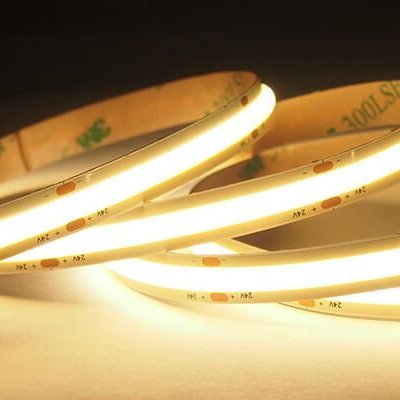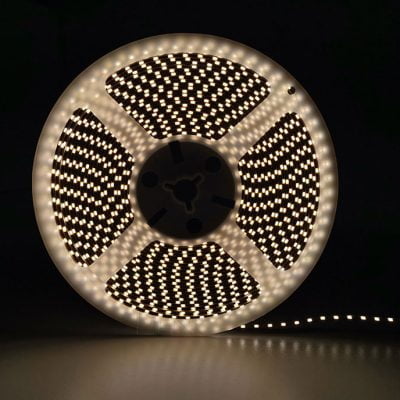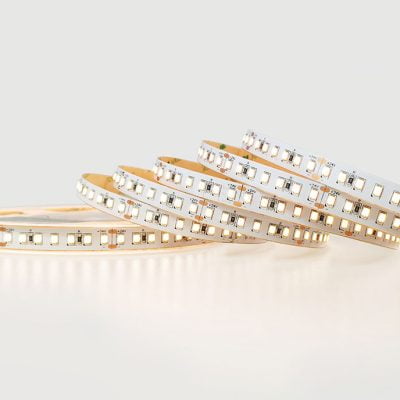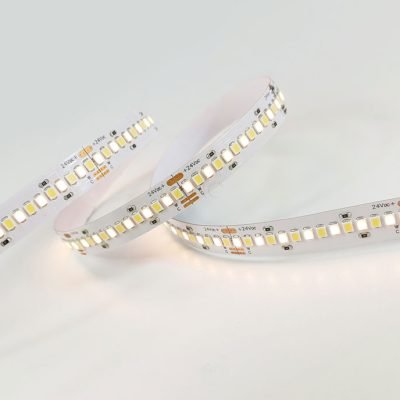Introduction to LED Density
At LIGHTSTEC, we understand that choosing the right LED strip for your project is crucial. One of the most important aspects to consider is the LED density on the strip. LED density directly affects the appearance and performance of your lighting, potentially leading to a dot or spot-like effect if not chosen correctly.
Defining Key Terms
-
LED Count: This refers to the total number of LEDs on an entire strip, commonly measured on a 5-meter length. This count gives you an idea of how many lights you're getting.
-
LED Density: More specifically, this measures how many LEDs are packed into each meter of the strip. Higher density means a smoother, more uniform light output.
The Impact of LED Density
-
Light Uniformity:
-
High Density: Ideal for applications requiring even lighting without noticeable gaps between LEDs. This results in a seamless lighting effect perfect for ambient or task lighting.
-
Low Density: Suitable for decorative or accent lighting where the spots of light can add to the aesthetic. However, you might see visible dots or gaps.
-
-
Power Consumption:
-
Strips with higher LED density will consume more power. This is essential to consider for energy efficiency and your project's power requirements.
-
-
Heat Generation:
-
Dense LED strips generate more heat due to the concentration of LEDs. At LIGHTSTEC, our high-density strips are equipped with thermal management solutions like heat sinks to ensure longevity and safety.
-
Low-density strips generally run cooler but might push individual LEDs harder, which can also affect their lifespan.
-
Cost Implications
-
Pricing:
-
Higher density strips are pricier due to the increased number of LEDs and the technology needed to manage heat. At LIGHTSTEC, we balance cost with quality to provide the best value for your investment.
-
Comparing High vs. Low LED Density
|
Aspect
|
High LED Density
|
Low LED Density
|
|---|---|---|
|
Light Uniformity
|
Smooth, even light without visible gaps
|
Visible dots or gaps, more decorative
|
|
Power Consumption
|
Higher, requires more energy
|
Lower, more energy-efficient
|
|
Heat Generation
|
Generates more heat, needs thermal management
|
Generates less heat, simpler cooling
|
|
Koste
|
More expensive due to more LEDs and tech
|
Generally less costly
|
|
Best Use Cases
|
Ambient/task lighting, uniform illumination
|
Accent lighting, decorative effects
|
Practical Considerations for Your Project
-
Choosing the Right Density:
-
High-Density Strips: Perfect for uniform lighting in areas like kitchens, offices, or retail spaces where bright, even light is required without shadows or dark spots.
-
Low-Density Strips: Great for mood lighting, under-cabinet lighting, or anywhere you want to highlight specific areas or features.
-
-
Identifying LED Density:
-
Check the labels on our product packaging, which clearly indicate the LED density.
-
A quick visual check can also show the spacing between LEDs, giving you an immediate sense of density.
-
Konklusjon
At LIGHTSTEC, we aim to provide LED strip lights that match your specific needs. Understanding LED density helps you choose the right product for the desired lighting effect, power consumption, and cost-efficiency. Whether you're looking for uniform, bright lighting or decorative spot lighting, we have the LED density to meet your requirements. Always reach out to our team for guidance in selecting the perfect LED strip for your project.

